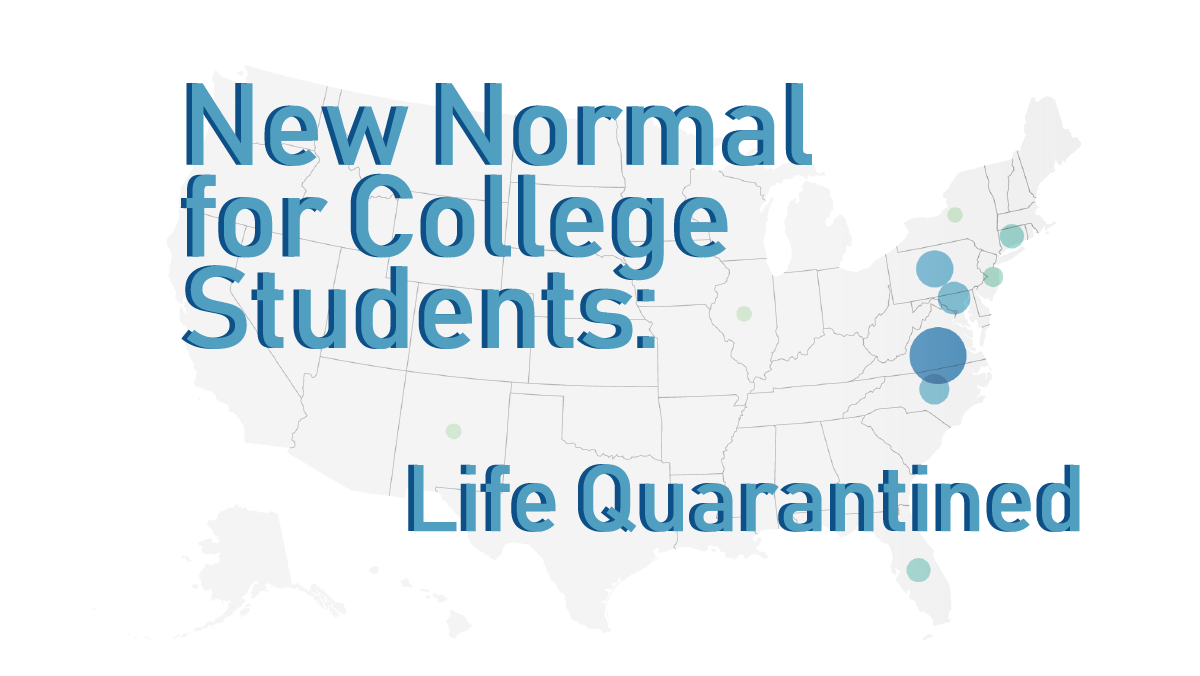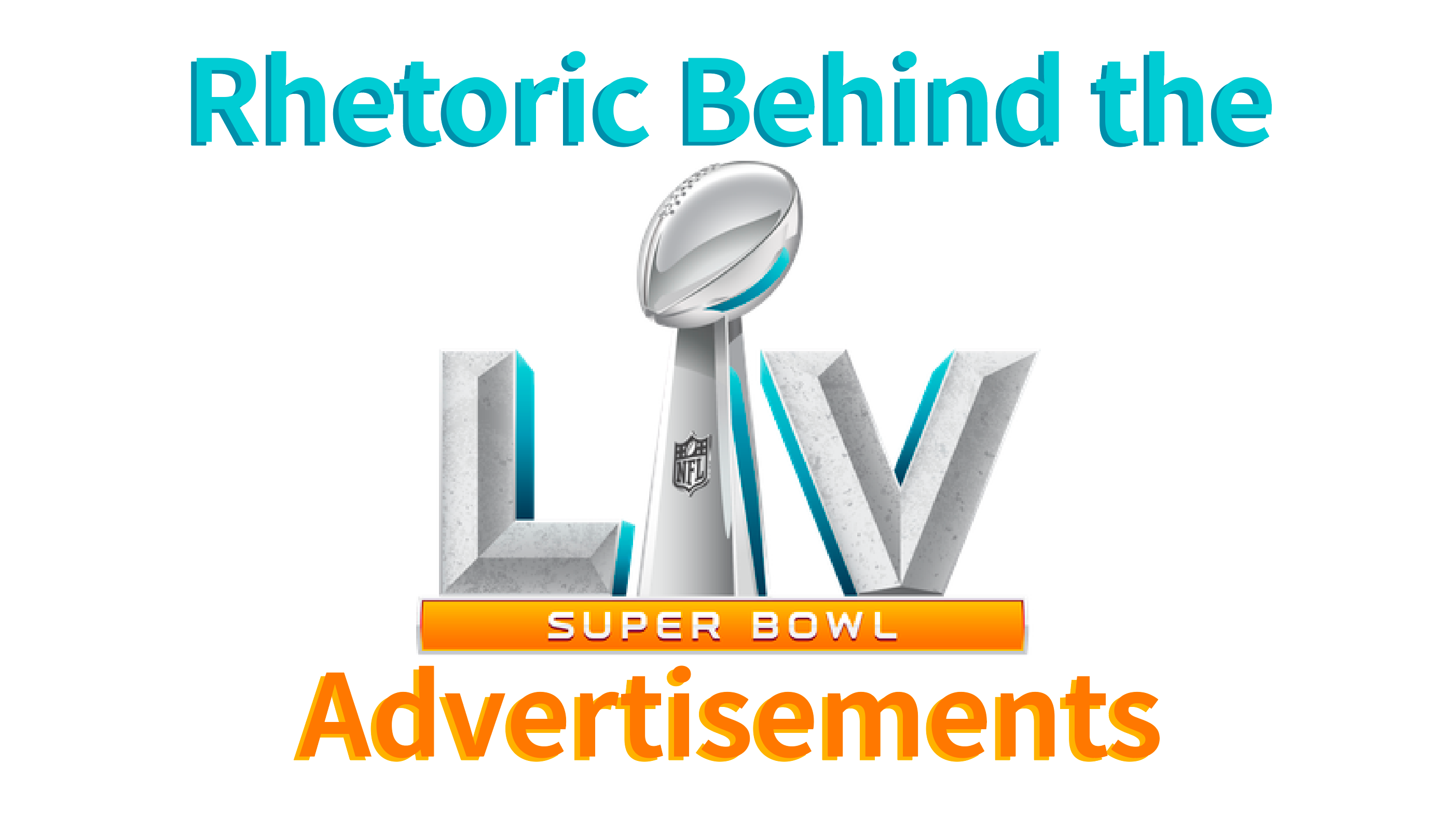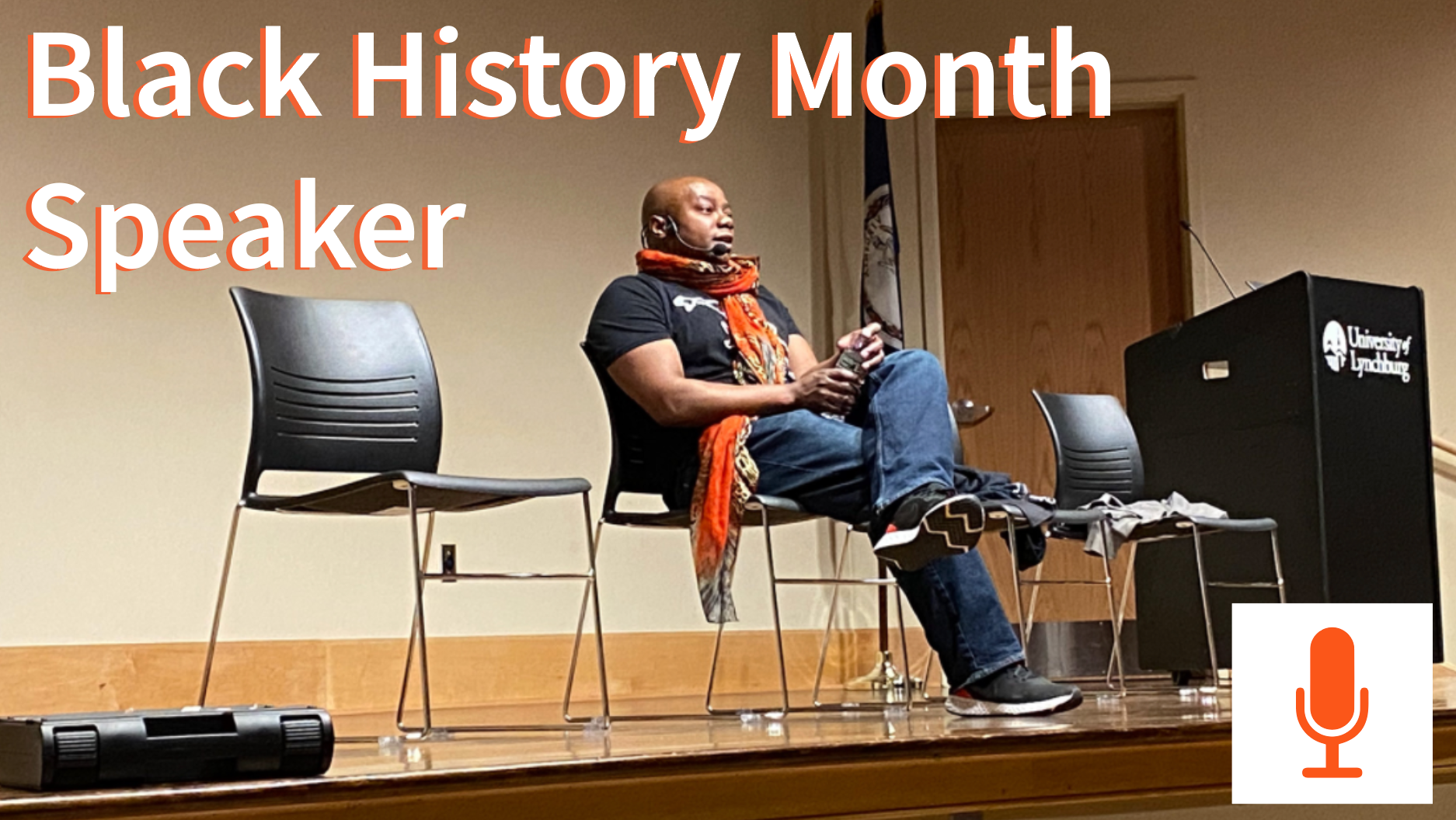Controversy Surrounding Pepsi-Co Commercial (NOT) in the 2021 Super Bowl
9 APRIL 2021 | ENG 515 | by Sarah Barnes
The Super Bowl is a massive sporting event that draws the attention of millions of viewers around the United States every year. The football game spans several hours and includes more than fifty 30-second commercial slots throughout the game. These short commercials run upwards of several million dollars a piece and are often the brand’s most unique, clever, or memorable advertising of the year.
In early 2021, the world had all eyes on the iconic sports event as viewers wondered how advertisers would spread their company’s message after a year as infamous as 2020.
2020 was filled to the brim with many things, including a global pandemic and social and political unrest. The Coronavirus had an impact on the world in a sense not unlike a world war. It will likely be one of the only things that impacted the lives of every person on this planet in this century, affecting how society goes through daily life.
Throughout the entirety of 2020, companies were examined based on how they had been handling the pandemic; shutting down offices, furloughing employees, implementing safety measures such as mask mandates, etc.
Going into Super Bowl LV, several companies made statements about how they were planning on handling their million dollar commercial slot. Companies such as Coca-Cola, Doritos and Bud Light are known for their memorable Super Bowl commercials. Through their use of humor, emotion, or wittiness, these brands are frequently the ones talked about the Monday after Super Bowl Sunday.
After a year of sadness, what is the right course of action for companies? Should they lighten the mood with a funny commercial and risk it being seen as tone-deaf? Or should they have a serious commercial that is less memorable but paints the company in a PR safe light that does not disparage their image? How does a company capture the reality of what it is like to live and be a consumer during the time of Super Bowl LV?
While several companies took on this challenge with their own advertisements, a select few Super Bowl commercial veterans opted out of having advertisements during the big game all together. Budweiser, Coca-Cola, Hyundai and Pepsi each decided their dollars could be better spent elsewhere. (It is important to note that these companies may have the luxury of not depending on a standout advertisement to continue generating business).
USA Today published an article, “Budweiser becomes latest Super Bowl commercial stalwart to sit out this year's broadcast”, on January 25, 2021 - approximately two weeks before the Sunday night football game. Author Tom Schad outlines the decision for four Super Bowl regulars to opt out of running Super Bowl ads during the big game.
According to the article, Budweiser had planned “to donate some of its advertising airtime throughout 2021 to the Ad Council and COVID Collaborative” as a way to allocate millions of dollars away from a commercial and toward a better cause.
Coca-Cola announced that they will not air an ad during the Super Bowl to “ensure we are investing in the right resources during these unprecedented times” while Hyundai claimed they were opting out based on “marketing priorities”.
These three companies framed this decision as “a matter of strategy and resource allocation amid the pandemic.” Pepsi, on the other hand, had a slightly different plan.
The NFL’s official soft-drink sponsor since 2011 opted out of running a typical in game ad in 2021.
By grouping Pepsi in with these other companies, this USA Today article paints the soda company in a pretty good light. However, looking more closely at the situation, there might be another storyline at play here.
On January 11, 2021, Pepsi released an official statement on their website. They first explained that the halftime show they have sponsored for a decade would be featuring the “boundary-bending artist and international phenom The Weeknd” and that “Pepsi is going all-in on the Super Bowl LV Halftime Show starting now.”
To clarify what “going all-in” on the halftime show meant, they stated “instead of buying a traditional 30-second in-game Super Bowl ad, [Pepsi] decided to double down on the 12 minutes Pepsi already has in the middle of the game – the Pepsi Super Bowl Halftime Show.”
They later said that they are “reimagining the Pepsi Super Bowl Halftime Show to ensure fans can experience The Weeknd's performance in new ways that have never been done before, with tons of exclusive access and content leading up to the show.” (Watch Commercial Here)
Additionally, Pepsi strategically spun this move as a way to bring back the arts after a year where live music was absent from daily life. This sounds like a noble act, when in reality, they are simply reallocating their commercial budget to promote the halftime show instead of donating to a music-related charity or an organization rooted in the arts.
Analysis of Both Articles
In the USA Today article, Pepsi should not have been grouped with companies like Coke and Bud Light who withdrew from running commercials during the Super Bowl to pursue philanthropic efforts or limit spend amid the financial uncertainty of the COVID-19 pandemic. Pepsi instead decided to allocate their finances to focus on promoting their halftime show performance in commercials that would air prior to the big game.
These two pieces use different tones when describing the situation surrounding opting out of Super Bowl ads in 2021. In the USA Today article, Schad groups several companies together to tell a story about how they all made a similar decision to not run a commercial during Super Bowl LV.
According to the USA Today article, companies knew that this year required a specific tone in the commercials, “If you are too somber, funny, or incendiary — or if you don’t strike the 'right' chord for the moment — the backlash can be significant.”
Additionally, by these well-known brands opening up slots during the big game, smaller companies can finally have the opportunity to run Super Bowl commercials for the first time.
The tone of the article is appealing to the audiences’ pathos - these companies are doing what is right by allocating their marketing budget toward other causes and simultaneously allowing smaller companies to replace their place in the commercial lineup.
The article from Pepsi was not placed on a consumer news source, but was provided on the official website. Based on its placement, it is logical to assume that their audience is not the general public, but news agencies or investors who would reference their website for official statements right from the source.
Pepsi explains this decision is a strategic marketing move, providing appeals to the audience's logos. This logical argument contrasts sharply to the USA Today article, which describes companies respectfully backing out of advertising or pivoting to philanthropy.
By comparing these two public articles, we can learn a lot about the goals of different publishing entities. The USA Today article tugs at the audience's emotions, playing up the fact that 2020 and 2021 were difficult years and that fact was recognized by big companies withdrawing from having commercials in the Super Bowl. The PepsiCo statement focuses on the logical reasons the soda company did not run an ad during the commercial and pivoted the resources instead to create an entire ad campaign promoting their larger investment, the Pepsi Halftime Show.
While at face value the articles may appear similar - they are both explaining how companies are strategically handling their marketing by not using traditional commercials during a non-traditional time in history - they are far from it.
The articles portraying different tones and different messages about similar situations has implications on the public. If an audience member is not careful, they may falsely assume that Pepsi is taking their investment out of the Super Bowl, when in fact, they are just changing how they allocate for the event.
The USA Today article’s target audience is a much broader group than the PepsiCo audience. Additionally, USA Today likely has the dual goal to increase revenue and popularity of the news source in addition to informing its audience. The authors of both pieces know this and shift the tone accordingly. The USA Today article is told in a more narrative fashion with an emphasis on emotional appeals, while the Pepsi statement is very factual and emphasizes the logic involved in this decision.
Neither is necessarily better or worse, but this analysis proves the importance of looking at several sources to receive your news to ensure you are getting a well-rounded view of the news-event as well as various perspectives with different goals. Authors writing with specific intentions in mind based on their perceived target audience. By having several different news sources at your disposal, you will become a better, more informed reader who can deduce fact from fluff.
References:
USA Today Article
Pepsi-Co Statement









